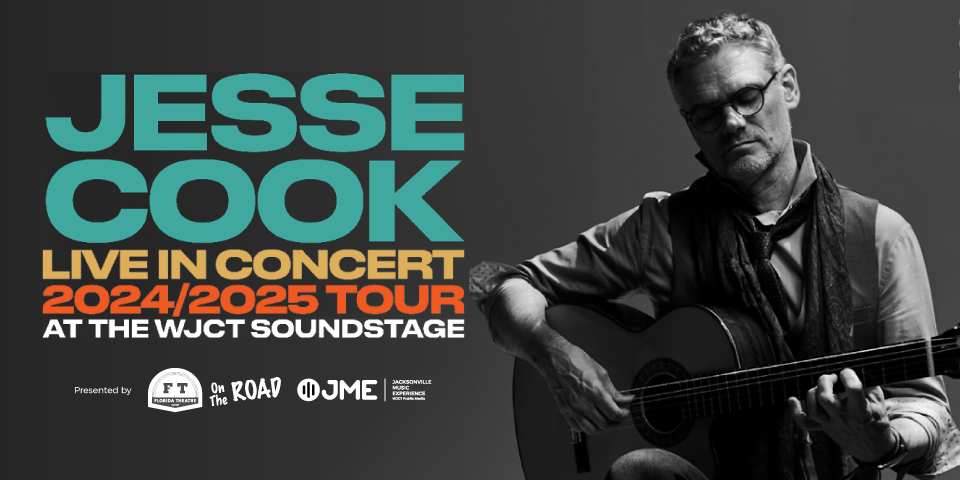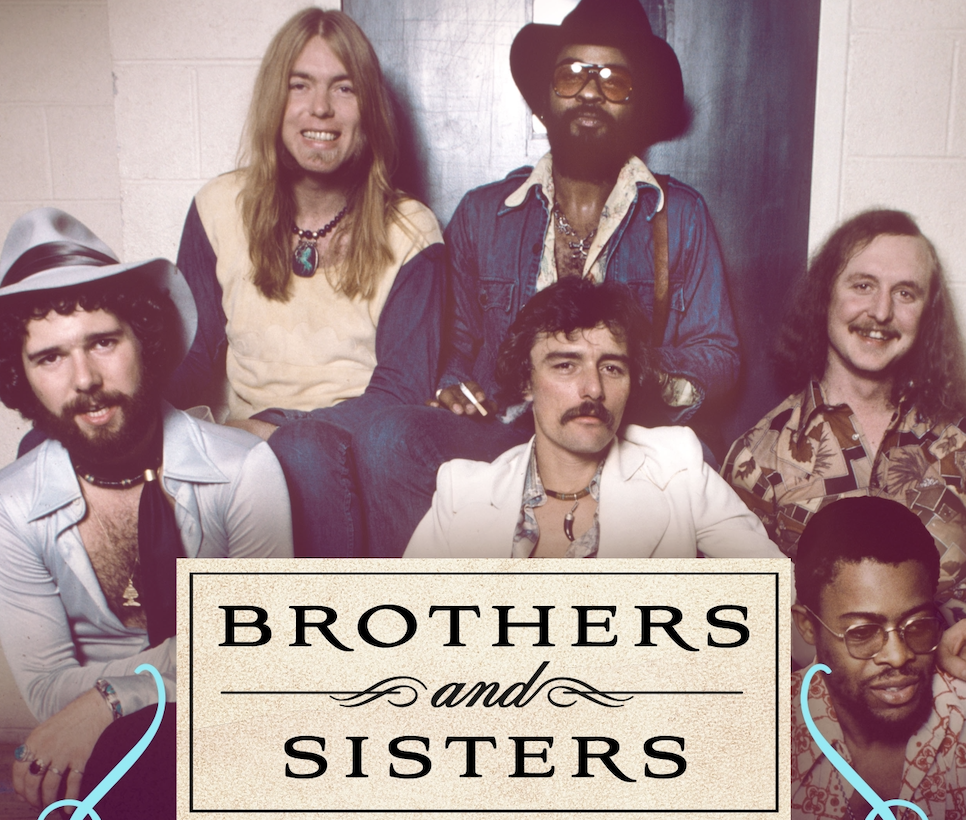
Fifty years ago to the day, a few rock fans were arguably still coming down, reeling, rocking and neurologically smoldering, from attending the Watkins Glen Summer Jam. Held on Saturday, July 28, 1973 at the Watkins Glen International grand prix race track in central New York, the one-day festival featured performances from three of the biggest names in rock: The Band, the Grateful Dead and the Allman Brothers Band.
A week prior to the concert, The New York Times reported that 80,000 tickets had been sold, with the promoters expecting a maximum crowd of 150,000. In total, some 600,000 music lovers attended the 15-hour concert, a true freak horde essentially invading a site prepared to accept a quarter of that amount. Traffic backed up for miles and cars were abandoned as thousands walked to the event then simply tore down the fences and made it, like Woodstock just four years earlier, a free event.

In his new book Brothers and Sisters: The Allman Brothers Band and the Inside Story of the Album That Defined the 70s, writer Alan Paul devotes two entire chapters to the Watkins Glen Summer Jam. These chapters alone are worth the sticker price of Paul’s latest.
The coverage of the Watkins Glen concert is a taut and captivating piece of forensic journalism. Paul threads together eyewitness accounts from members of all three bands, promoters Jim Koplik and Shelly Finkel, and hapless band handlers and managers; including ABB handler Bunky Odom and the recently deceased and legendary Grateful Dead and Rolling Stones road manager Sam Cutler, the roadies and perhaps most crucially, concert attendees.
In lesser hand’s, the logistical aspects of the event’s audio engineering would read as technical information. Paul turns the sound crew’s obstacles into an adventure, including an emergency helicopter flight to the factory of McIntosh electronics to procure much-needed extra PA heads. Legendary engineer Dan Healy recounts how the sound crew, literally trapped in the sound booth by the sheer push of the crowd, had food handed to them and were reduced to using a can as a toilet.

The chapter reads fresh, as if it had just been hurried to an AP wire or fresh issue of Rolling Stone or Creem magazine. Over the course of the intense and fascinating 25 pages that Paul devotes to the summer jam, he examines, surveys, criticizes, exalts and answers pragmatic and cultural questions of an event that has been essentially reduced to a winning answer to a decades-old rock music trivia question: “What was the biggest concert in rock history?”
“I did a lot of archival research that I hadn’t done before,” Paul told me, from his home in New Jersey. “So, you know, a quote from the Rolling Stone report and The New York Times; who reported it thoroughly. I mean, it was a giant thing happening in New York state. And so (the NYT) reported it as a news event and a feature more than a concert review.” The Times ultimate takeaway was in describing the concert as “an immense garbage dump.”
Decades of journalistic experience and populist social-media access prepared Paul to make some lateral moves in tracking down actual attendees of the festival. On social media, Paul posted a request and call-to-arms for eyewitness accounts of the summer jam. The fans eagerly responded.
“I think it was two years ago, I put up a post on social media saying, ‘It’s the 48th anniversary of the concert, I’m writing about it, and I’d like to hear the experiences of people who were there. If you were there and would like to talk about it, please message me.’ Paul anticipated he’d get a few responses. Instead, nearly a hundred festival attendees reached out. “It was overwhelming (laughs) and I realized I cannot call all these people. So I wrote a sort of form letter: ‘Please share, in a few sentences, your experience.’”
Contrary to the myth that brain cells were burned like bras and draft cards in the halcyon rock era, Paul received a wellspring of lucid and cogent reminisces from fans who had experienced the full brunt of that historic summer day. While the crowd was younger, mostly teens fueled more on “booze and downers” than the psychedelics that were popular in concerts just years prior, the audience were mostly peaceful and, unlike the disastrous 1969 Altamont Speedway concert headlined by the Rolling Stones, non-homicidal.
Paul communicated back and forth with the summer jam survivors through emails and phone calls, realizing the different viewpoints and experiences were the true story of the legendary concert. “And it’s not that I necessarily talked to the 10 most-interesting people. But they were all cool stories—and once I got those, I felt really good. And I realized this was the missing piece. In those stories, I felt they allowed that event to really come alive.”
Paul also pored over what journalistic coverage of Watkins Glen had been published 50 years ago, although in his research, Paul never found a true concert review of the actual music.
“The fans were really the heart of that whole thing in a way, really. People there to me, in a way, are more significant than Greg Allman and Jerry Garcia. I know that that’s crazy, you know, because the thing wouldn’t have happened without the bands of course. But what makes it special is the crowd.”
No Wasted Words
While the potent mix of even-handed historical journalism and passion of Brothers and Sisters surely appeals to fans of the Allman Brothers Band, what is even more remarkable is that the 300-plus-page book is Paul’s second volume of his comprehensive and definitive study of the band.
Published in 2014, One Way Out: The Inside Story of the Allman Brothers Band is a mammoth oral history which included the band’s participation; a coup in its own right considering how press-resistant the Allman Brothers had been over the course of their career. In addition to their voices, the New York Times bestselling One Way Out offered up exclusive anecdotes from the band’s spouses and lovers, roadies, management, and musical peers. The book is an engaging read and masterful piece of literary journalism, which takes the reader through each band member’s nascent beginnings, the band’s 1969 formation in Jacksonville, the unimaginable early deaths of founding members Duane Allman and Berry Oakley, and to other side with the ABB’s phoenix-like rebirth in the late ‘80s that helped coalesce the jam band scene. In 400 pages, Paul wrote the final word on one of greatest and incendiary American rock groups of the sixties.

Yet Paul found there was even more to say with his latest overview of the band. Published by St. Martin’s Press, Brothers and Sisters, rivals its predecessor in a kind of casual and captivating storytelling mixed with taut historical portrayal of how the band, and the American music scene, survived and morphed from the roiling countercultural ferment into the ever-growing music industry.
By his own estimation, Paul conducted hundreds of hours of interviews for One Way Out, including all of the surviving band members, family members, and peers, as well as the band’s roadies and management. A key voice in the book was that of Kirk West, the Allman Brothers Band’s longtime tour manager. West would also play a pivotal role in the actual creation of Brothers and Sisters.
Paul’s skills as a journalist and storyteller makes Brothers and Sisters a smooth sequel to his previous work as well as a standalone read. The book finds its strengths in Paul’s certain skills in directing vast and minute historical details with firsthand eyewitness accounts and critical erudition into an epic narrative. The book uses the creation of the band’s 1973 album, Brothers and Sisters as more of a ballast than primary focus.
Over the course of the story’s 350 pages, the Allman Brothers Band saga expands into guitarist Dickey Betts’ activism for Native American rights, the devotions and slippery business dealings of Capricorn Records’ label head Phil Walden, the band’s victories and defeats as an arena-sized rock act, Gregg Allman and his tabloid-ready marriage to Cher; even the band’s direct influence on the eventual election of President Jimmy Carter.


The sheer amount of historical information, separating the truth from a band and era hindered by certain lore, is astonishing.
In a recent post from his YouTube channel, Paul admits to the camera that “writing a book is a lonely exercise and you probably wind up getting paid about a quarter an hour” as compensation for the gargantuan task of completing any book.
In the book’s acknowledgements, Paul admits that of his four books, Brothers and Sisters was the hardest to write.
“I said it’s the most difficult, and it was also the most fun. It was difficult because it involves so many interviews, and so much archival research. I read multiple stories, I did all of these interviews, I read books, and pulled it all together into a narrative. It was so difficult, but it was fun.”
Eat A Peach for President
Reading Brothers and Sisters, and in conversation with Paul, it’s clear that his passion and purpose, let alone journalistic-detective work, understandably exceed reimbursement. “I think the Carter chapter sums it up, actually, as well as anything, how difficult and also rewarding this writing was,” he said.
The Allman Brothers Band’s vocal and financial push in helping then-Governor Jimmy Carter’s ultimately successful campaign of winning the U.S. Presidency has been another historical factoid resigned to trivia and game show answers. Yet that weird moment of American counter culturalism directly influencing national politics is handled deftly and thoroughly. Paul also threads in the Gregg Allman narcotics bust that eventually led to the band breaking up a few years after they helped, through benefit concerts and association, Jimmy Carter become the 39th President of the United States.
“Even in its time, that relationship was an anomaly,” says Paul, of the Carter and ABB connection. “Because Jimmy Carter was an anomaly.”
Paul spent three long days digging through the archives of the Jimmy Carter Presidential Library and Museum, surprised and somewhat dismayed at how little of the archive covered the days of Carter as governor and his relationship with the band. “I wound up reading two biographies of Carter,” Paul laughs. “I went a lot deeper than just the Allman Brothers and I read all of these articles in the archives. Carter was a truly unique person in American political history.” He was also a sincere fan of the music of both the Allman Brothers Band and Bob Dylan. And these artists shared a mutual admiration for him.
Sincerity aside, in reading Brothers and Sisters and Paul’s threading together the merger of rock music and Carter’s ascent, it’s easy to imagine Carter using, or at least utilizing, the Allman Brothers Band certain influence on young voters to achieve a presidential win. “Carter was a very smart, hard-edged, savvy politician. That gets a little bit forgotten by people thinking he was just a bumpkin, leaning on a shovel. He was more of a peanut businessman than a peanut farmer. You don’t become the governor and the president without some highly-honed skills.”

While delving into the Carter archives, Paul also hit surprise paydirt in the form of an old hard-copy issue of Fortune magazine from 1975, featuring a profile of Phil Walden and his associates of Capricorn Records: The article highlighted the label’s financial windfall (Walden boasts that his then-net worth as a tidy $5 million and an original Picasso hung on his wall) as the imprint that released the music of a bevy of Southern musicians; most crucially, the Allman Brothers Band.
“Finding that article in the Carter archives was a real windfall and totally accidental,” says Paul. “It kind of fell from the sky and it really helped me reinforce the weird financial relationship between Walden and the band.”
Revival
When he was 13, Paul wrote a school essay about Duane Allman. “My mother is the opposite of the person who keeps childhood doodlings and drawings,” he laughs. “She just threw stuff out. And at some point, my parents moved from my childhood house to an apartment, and she just dumped whatever was left.” For his flagship piece of Allman Brothers investigations, Paul admits that he did repeat a false-claim that followed the band for years: that Duane Allman had died on his motorcycle after a collision with a peach truck, leading to the band titling their third studio album, Eat a Peach.
“I’ve spent a lot of time debunking that rumor, but I believed it then.” His teacher gave him a grade of “incomplete” for his essay, “with a ‘please see me’ note.” The teacher told Paul that she doubted that he had actually penned the story, wondering if his older brother had in fact been the author of his celebration of Duane. “I don’t know if she didn’t believe me because of the topic or because it was so well written. I would like to say that I realized back then that I could write brilliantly about the Allman Brothers. But that’s not true.”
Paul’s first paying gig to write about the Allman Brothers Band occurred some 15 years later, as an assignment for Pulse! magazine, an in-house tabloid of Tower Records. “It was actually a great magazine and they knew that I was hungry to write about anything. I would write about a lot of smaller blues artists. But they would throw anything at me because they knew I just wanted to write and I’d write about anything, unlike some more seasoned writers.” In 1990, the newly reformed Allman Brothers Band released their comeback album, Seven Turns. “I put my hand up to write about it and I somehow got that story and they gave it to me.” Even though he was making only $10,000 a year as a writer, he shelled out $50 for the Dreams boxed set; the 1989 release that was the first deep-dive and exploration of the Allman Brothers Band. “I was ready to eat rice and beans for a while just to afford it,” he laughs.
The associate producer of Dreams was Kirk West, who compiled and curated the release. A name now familiar with the Allman Brothers Band legacy as much their storied roadies Red Dog and Joe Dan Petty, at the time West was shifting from being the Allman Brothers Band’s touring photographer to tour manager. The Pulse! feature did two things: it led to Guitar World hiring Paul on as managing editor and also aligned him closer into the band’s orbit and inner sanctum.
The gatekeeper of that realm was arguably Kirk West. When Paul was writing One Way Out, he found all of his old interview cassettes with members of the band. These were crucial to him being able to give such fresh voices to decades-old history. “I have a recording of the first time that I ever spoke to Kirk.” When Paul had phoned Gregg Allman’s hotel room for their initial interview during the Seven Turns era, it was West who answered the phone.”
The Road Goes on Forever
Kirk West can clearly recall the first time he ever heard the Allman Brothers Band. It was a freezing-cold winter night in Chicago. It was 1970 and West was 19 years old and had ventured out into the weather to hear the band that was developing an increasing buzz on the rock scene.
“They were loud. In fact, they were too damn loud,” he told me from his home in Macon, Georgia. The Allman Brothers Band were so loud that night in Chicago that West left early. He eventually bought the band’s debut album and became an ardent fan. “I had two copies: one for home and one I took on the road with me,” he laughs.
Kirk West is a true product of the 1960s American counterculture and now in his seventies, a certain survivor of all that it entailed. West is first and foremost a photographer. Located in West’s longtime home of Macon, Georgia, he and his wife Kirsten own and operate Gallery West. The gallery boasts a half-century of West’s impressive photo work. His published works include the award-winning book, Les Brers: Kirk West’s Photographic Journey with the Brothers, a 300-page coffee table book that boasts 900 images of the Allman Brothers Band in various incarnations, as well as their musical peers and cohorts, shot by West over the span of forty years.
“Well, I started recording interviews for a project. First of all, with an interview with (longtime ABB roadie) Kim Payne in the winter of 1983. And we had a regular thing where he and I would talk for a couple of hours every Wednesday night,” explains West. Already a journeyman photographer, he became the Allman Brothers Band’s de facto photographer. West documented live shows and casual settings of the band, by default or design capturing images of the band when they were in what is considered to be a tumultuous era, prior to their revival. “And these conversations went on for several months, while I was still in Chicago, and he was in Montgomery. And it’s interesting, too, when you go back and listen to those first five or six interviews that I did with him as it’s a lot of me trying to establish some credibility for myself. You know, Kim was a serious Southerner, he was no different than he had been when he was a roadie. He was suspicious and tended to dislike Yankees. He told me flat out: ‘You’re the first f***ing Yankee I’ve ever really trusted!’”
West secured the trust and confidence of Payne. “Then I kind of moved up the food chain.” West recorded interviews with newer band members, including guitarist Dan Toler and bass guitarist David “Rook” Goldflies.

As a freelance photographer, West was scoring gigs that were both lucrative and kept him on the road. He shot bands for high-end clients during the 1980’s Marlboro Country Music tour. “I would jump on the bus and run for a week with [the Allman Brothers Band.] It wasn’t like I was a journalist. I was a friend talking about history. And it was actually Dickey that that said, “Well, sh*t, man—why don’t you write our story? Nobody’s ever written a book about us once.”
West spoke with anyone who had direct contact or experience with the band, from sound engineers to ex-girlfriends.
“What was interesting is that I learned pretty early that the people that you talk to that were involved in the process in the scene for a year or two, or a short period of a limited amount of time, remembered everything they experienced throughout that entire period of time where members were just living their life and playing their music. So the band members weren’t paying close attention to what their life was about. The people who moved in and then out of the band had more intense memories since their experience was so concentrated and intense.”

West traveled either in his station wagon or on the Allman Brothers Band’s tour buses. In addition to interviewing the band and their associates, he gathered various memorabilia and hard-copy artifacts. “I had four different kinds of tape recorders. I had a portable Xerox machine.” From news articles to family photo albums, West began the first real archive of the Allman Brothers Band and what original items he couldn’t procure, he would photocopy. “I could go to Dickey’s house, or I could go to Butch’s mother’s house and spend some time and never have to actually take anything away from them.”
West eventually graduated from band photographer to Allman Brothers Band road manager. The interview sessions remained highly informal and West soon figured out the most comfortable environment to put respective members of the band at ease. Sometimes these moments were highly intimate but led to lower-fidelity recordings.
“There was a time when Gregg would only talk with me after a show and he would only talk to me on the bus, after a gig going to the next town. He did that for about a month, six weeks, something like that. And we’re sitting in the back lounge of an old Eagle [tour bus]. And those are the noisiest-a** buses. (Laughs). And so we’re sitting right over an engine going 80 miles an hour down the highway. And it’s three in the morning and Gregg would speak in a whisper.”
In total, West had compiled hundreds of hours of interview tapes. “I had a double-sided suitcase that held 120 cassettes. And then I had two additional Maxell Tape boxes that held 30 more tapes. So, it was a total of 150, 90-minute tapes.” West granted Paul complete access to this war-chest of Allman Brothers Band history with one condition: “I told Alan he had to take all the tapes or none at all!” laughs West.

Kirk and his wife Kirsten are crucial figures in the Allman Brothers Band universe and legacy. From 1970-1973, members of the Allman Brothers Band and their families lived in an 18-room, 4,440-square-foot Tudor-style house 2321 Vineville Avenue in Macon. The band penned classics including “Midnight Rider” and “Blue Sky” there. In 1993, the Wests purchased what the band called “The Big House” with the intent of turning it into a hip bed and breakfast. Ultimately, through the Wests direct efforts, in 2009 the vast home became The Allman Brothers Band Museum, an interactive museum space that includes the world’s largest collection of band memorabilia and artifacts. Kirk West has also created a documentary about the Big House and co-published a savvy ABB fanzine for many years. The efforts of Kirk and Kirsten West helped forge and secure the Allman Brothers Band’s legacy, giving the group the same kind of attention and archival depth afforded to the their only true peers: The Grateful Dead.
“I’m very proud of what I was able to do,” says West. “You know, I didn’t sign up to be Dickey Betts friend or Gregg’s running partner. I signed up because I believed in the music.”
Stand Back
Brothers and Sisters doesn’t attempt to contextualize the Allman Brothers Band in the rock universe. The band has been adored, scrutinized, and criticized enough. In fact, Paul’s first book about the band, One Way Out, will arguably offer the final word on every possible detail of the band’s 45-year history. In total, Brothers and Sisters in many ways reads like a forensic study of the wins and losses of the ‘60s technicolor dream saturating into the 1970s Betamax consciousness. The realm that the band and their fans traverse a mere six years after 1967 and the Summer of Love is one where a sea of beatific smiles tighten into a backroom of cocaine-induced lockjaw grimaces. The stakes are higher, more money on the table, more compartmentalization between the artists and their audiences through a firewall of handlers and hangers-on.
Paul is currently on tour, promoting Brothers and Sisters with a series of appearances and book signings on the East Coast with more dates to follow. He is equally excited about the audio book format of Brothers and Sisters; Paul had the opportunity to narrate his book and the audio version also includes 40 audio files of West’s original interview recordings.
The ever-productive Paul is an avid user of the subscription-based online newsletter platform Substack, routinely posting exclusive content on an account, fittingly titled Low Down and Dirty. And he is hardly resting on his laurels or taking a much-deserved victory lap in authoring two definitive works on one of the most loved bands, Southern or otherwise, of the American rock music multiverse. Paul is surely one of the most erudite, if not hippest, writers who is published by both Guitar Player and The Wall Street Journal.
“I don’t know how to describe my personality. I’m not introverted, because I am social and I enjoy talking to people. But also, I don’t really care if I don’t talk to people,” he laughs. “I love history. So, in another lifetime, I could have probably been an American historian or gotten a PhD in history and been happy. But I was probably just a little too lazy to get a PhD. And ultimately, I am all about music.”
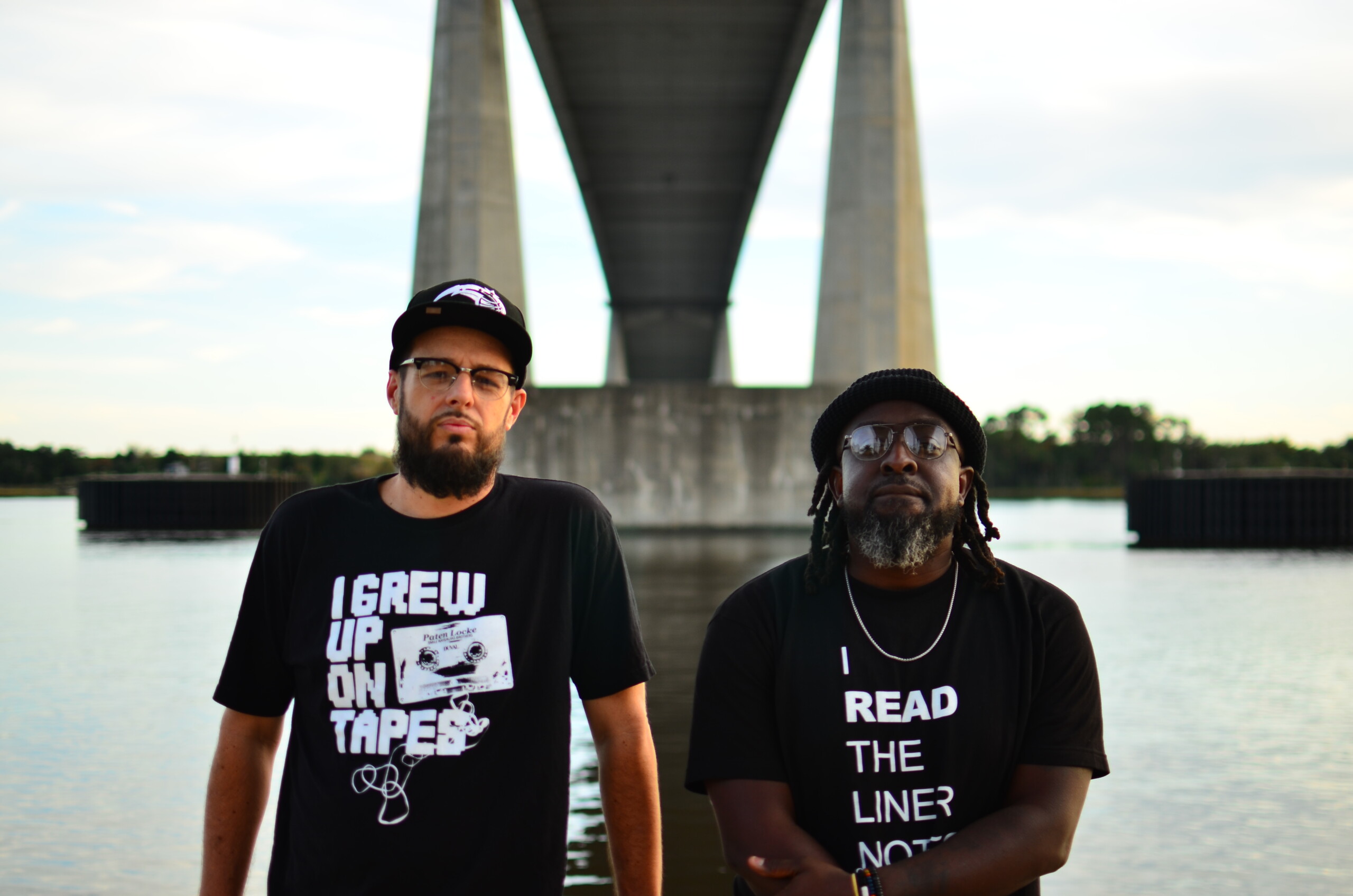
Mr. Al Pete and Notsucal Release Their Latest Collab, ‘G4.5’
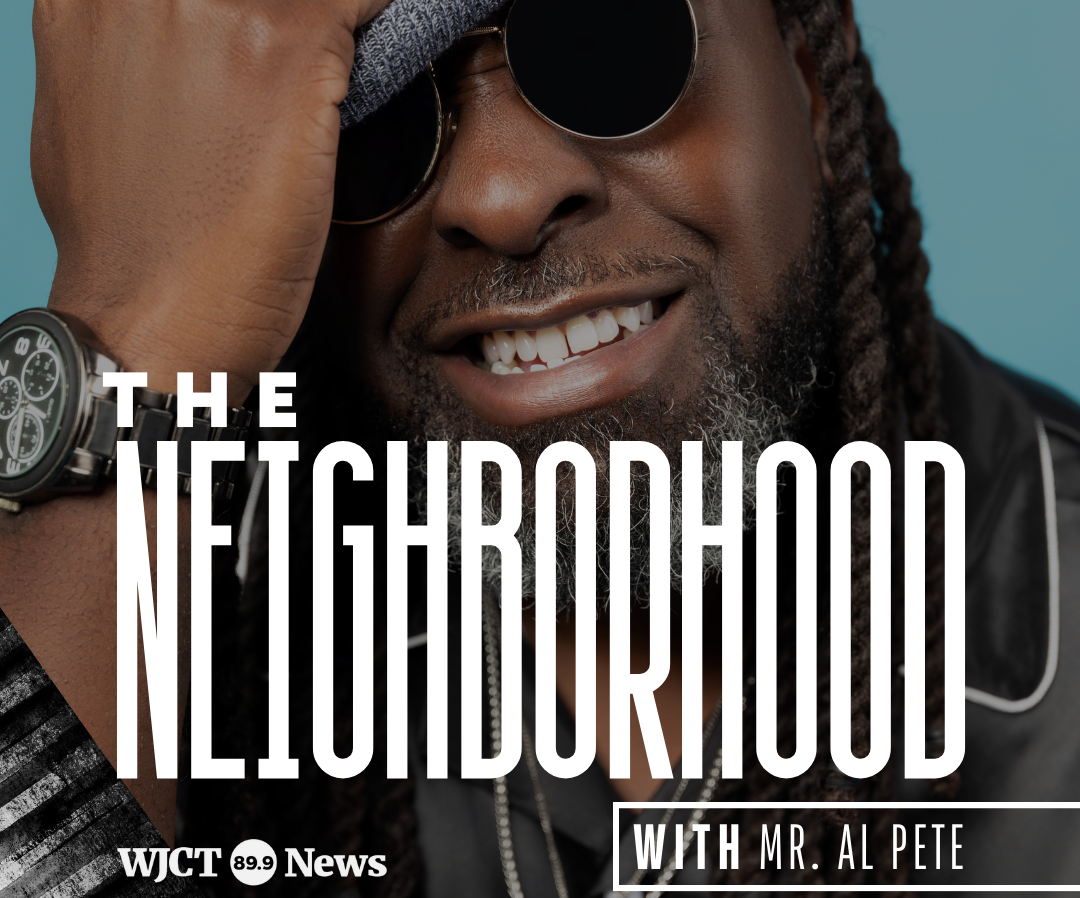
Dinner Party, Tom Misch and More from the Neighborhood with Mr. Al Pete

An Ultra-Chill Playlist from the Latest Episode of Electro Lounge
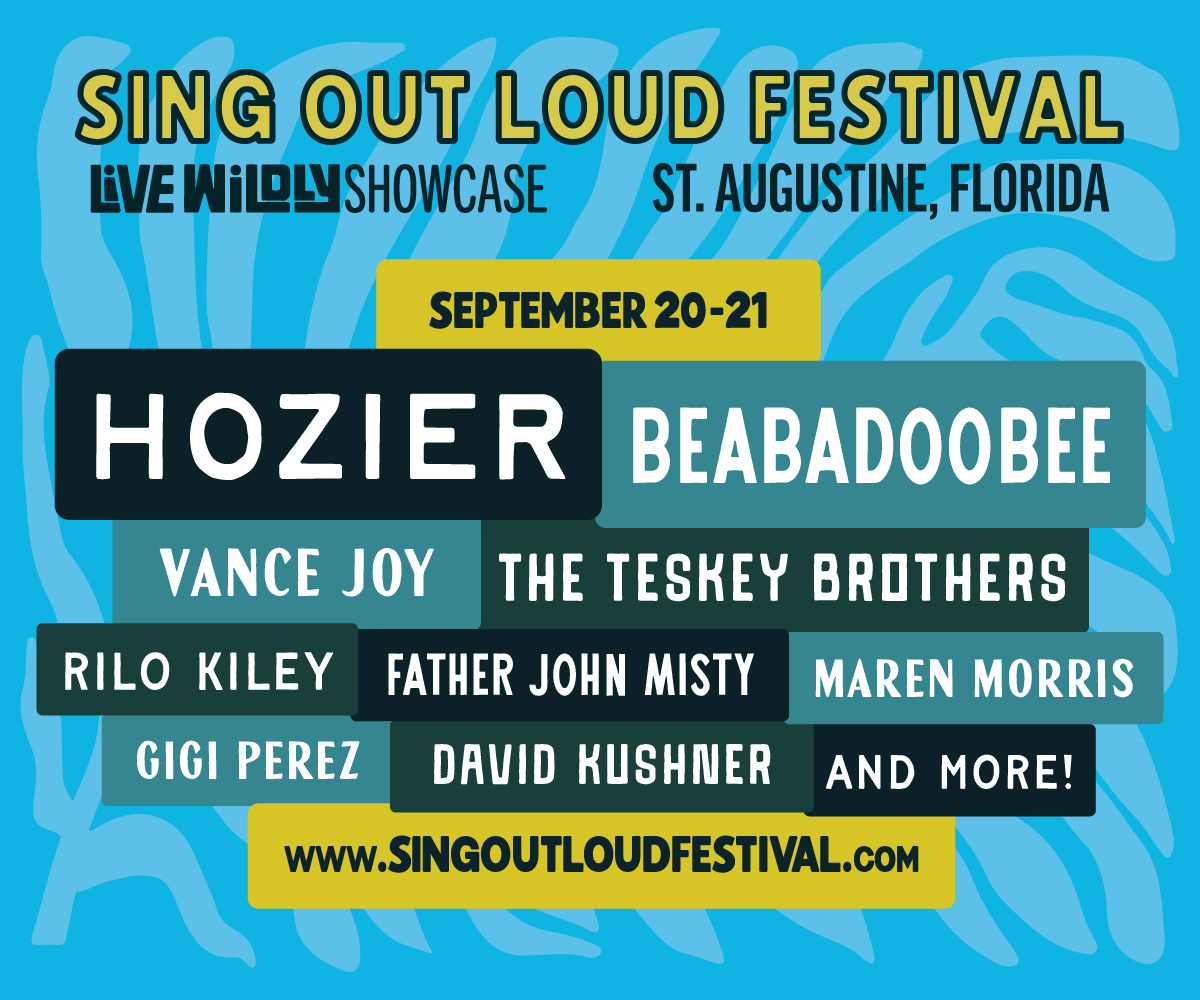
Sing Out Loud Festival Returns With Hozier, Beabadoobee, Father John Misty, Vance Joy and More
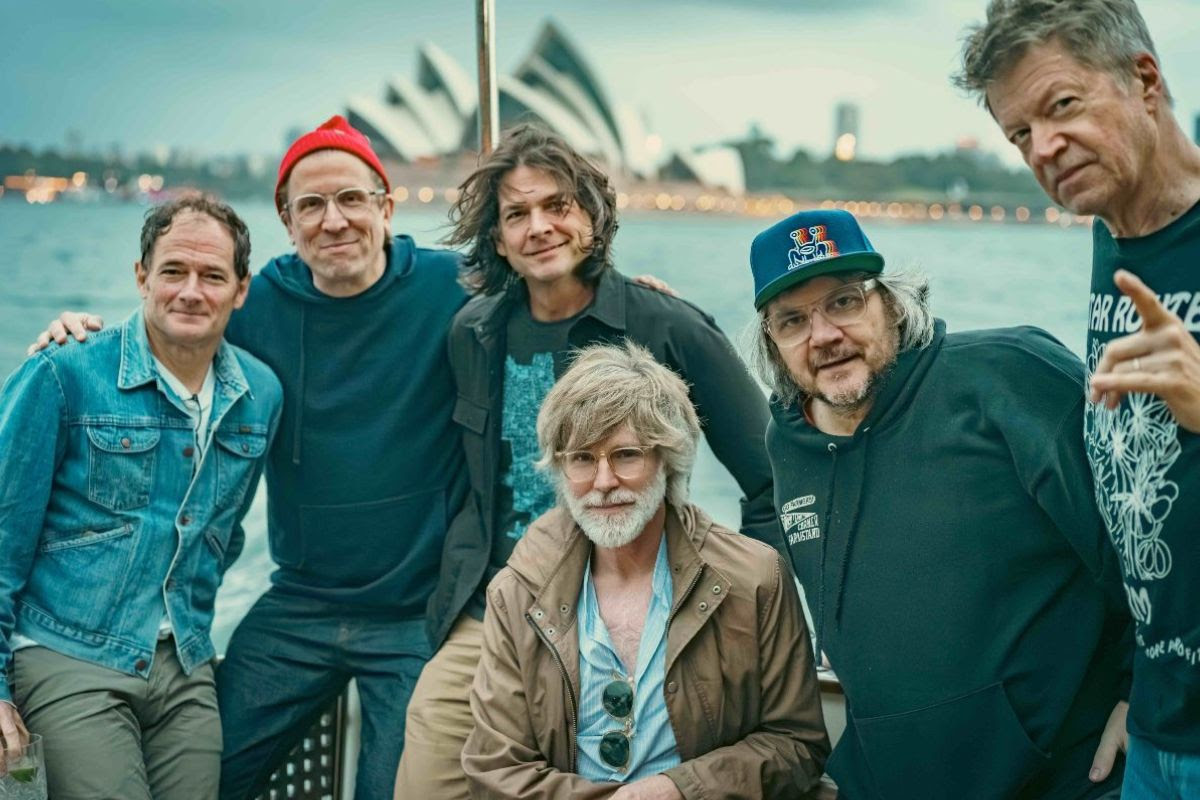
Chicago Alt-Country Faves Wilco Return to St. Augustine with Indie-Folk Great Waxahatchee

Looking for an Alternative to Spotify? Consider Hopping on the band(camp) Wagon
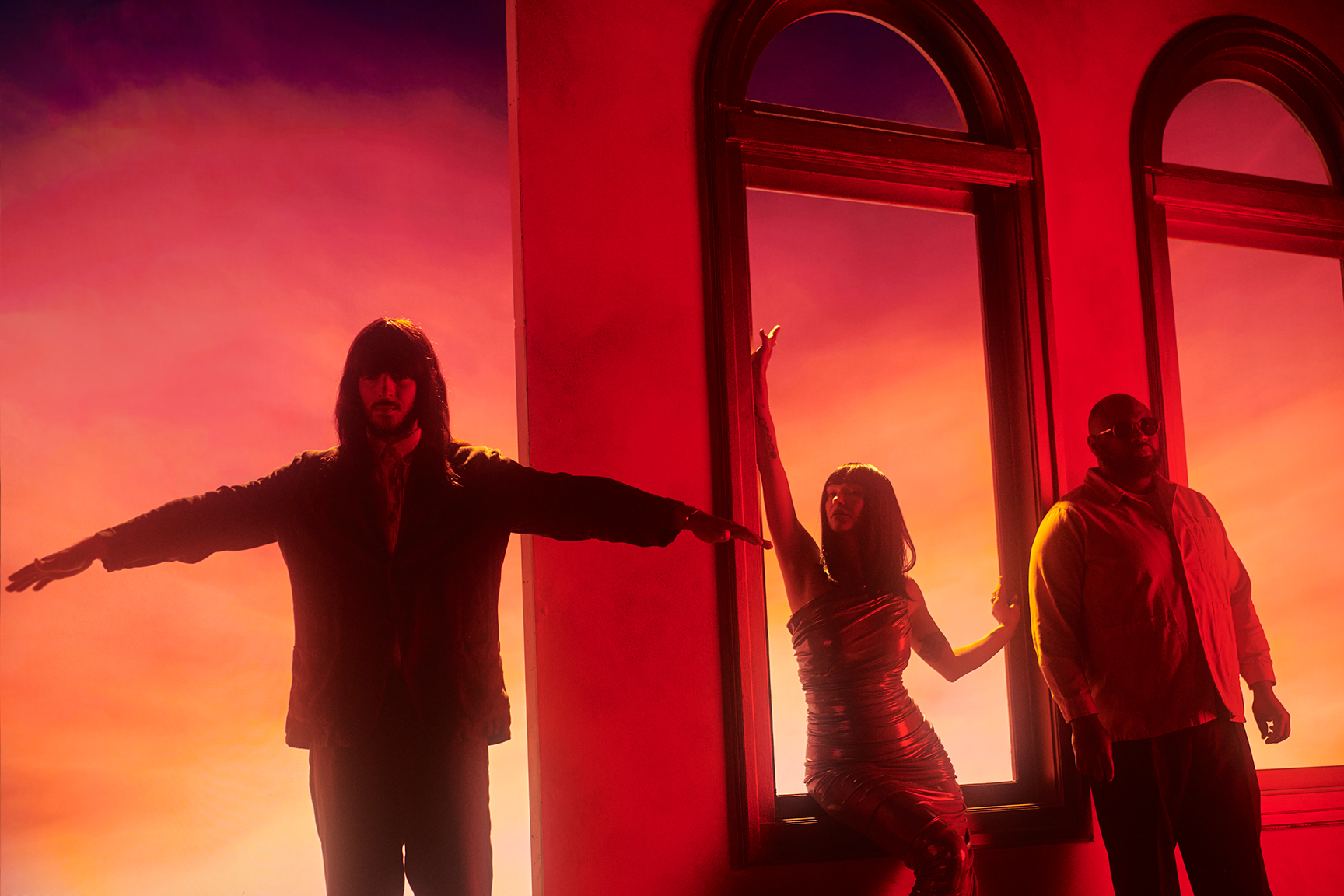
Khruangbin to Bring ‘A LA SALA’ Tour to St. Augustine in April

Perfume Genius, Flipturn, Tamino + Mitski and 6 New Songs to Stream

Song of the Day | “all tied up” by Glixen




